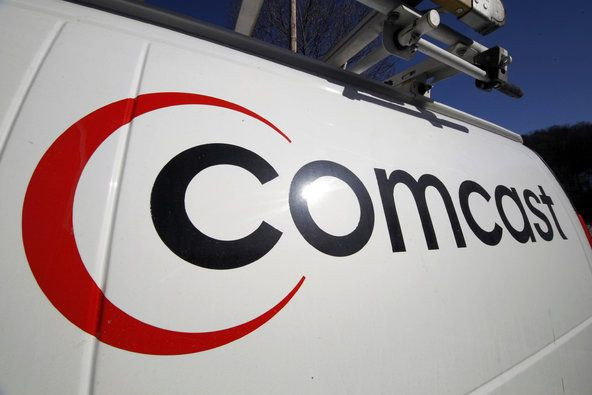Don’t Cry For Comcast: Your Cable Company Will Be Just Fine Without You, Cord-Cutters

We know you’re worried, so we’ll come out and tell it to you straight: Your cable company is going to be fine. In fact, veteran media analyst Craig Moffett of the firm MoffettNathanson said in a note to investors Thursday morning that he’s “more optimistic about the sector than any time since ... 2013.”
It’s true that cord-cutting has been increasing incrementally the last year or so, and no one expects the numbers of pay TV customers to suddenly return to their 2010 peak. But, Moffett noted, when a market like pay TV gets saturated, that doesn’t mean the whole thing implodes, even in the face of increased competition from upstart video providers like Netflix and Amazon.
That’s particularly true when it comes to traditional cable providers like Comcast and Time Warner Cable, which can lose video subscribers but still add internet customers. In fact, that is precisely what’s happening. Research firm Leichtman Research Group had the major cable companies adding 2.3 million broadband subscribers through the first nine months of 2015, while telecommunications companies like Verizon lost 130,000 broadband customers.
Moffett also expects the conglomerization of these providers to continue. Charter Communications, the fourth-largest cable company in the U.S., is in the process of acquiring Time Warner Cable, the second-largest. Though other companies like Dish Network and Netflix have strenuously objected to the merger, telling the Federal Communications Commission that it’s “not in the public interest,” Moffett still puts the odds of a merger at 80/20. “In our heart of hearts we suspect the odds are perhaps somewhat better than that,” he wrote.
But while cable companies may have less reason to worry about cord-cutting, satellite and telecommunications companies should be seriously thinking about their next act. The clumping cable industry makes it easier for cable companies to grow by stealing pay-TV market share from telecoms like AT&T and satellite companies like Dish. Rather than convincing “cord-nevers,” or people who have never paid for TV, to suddenly fork over their limited disposable income, the key to keeping subscription levels at an acceptable level to investors is to prevent current customers from leaving. That means the providers will have to offer better service, a more user-friendly experience, and maybe even more competitive pricing, and right now cable operators are doing better at customer retention than satellite and telecom companies.
And while many still deem it unthinkable, the idea of cable providers actually cooperating with companies perceived to be encouraging cord-cutting, like Netflix and Hulu, is perhaps not so far-fetched. Satellite provider Dish already allows its subscribers easy access to Netflix from its set-top boxes. And just two days ago, Canadian cable provider Bell TV decided to include Netflix on its set-top boxes. Cord-cutting makes for strange bedfellows.
© Copyright IBTimes 2025. All rights reserved.






















